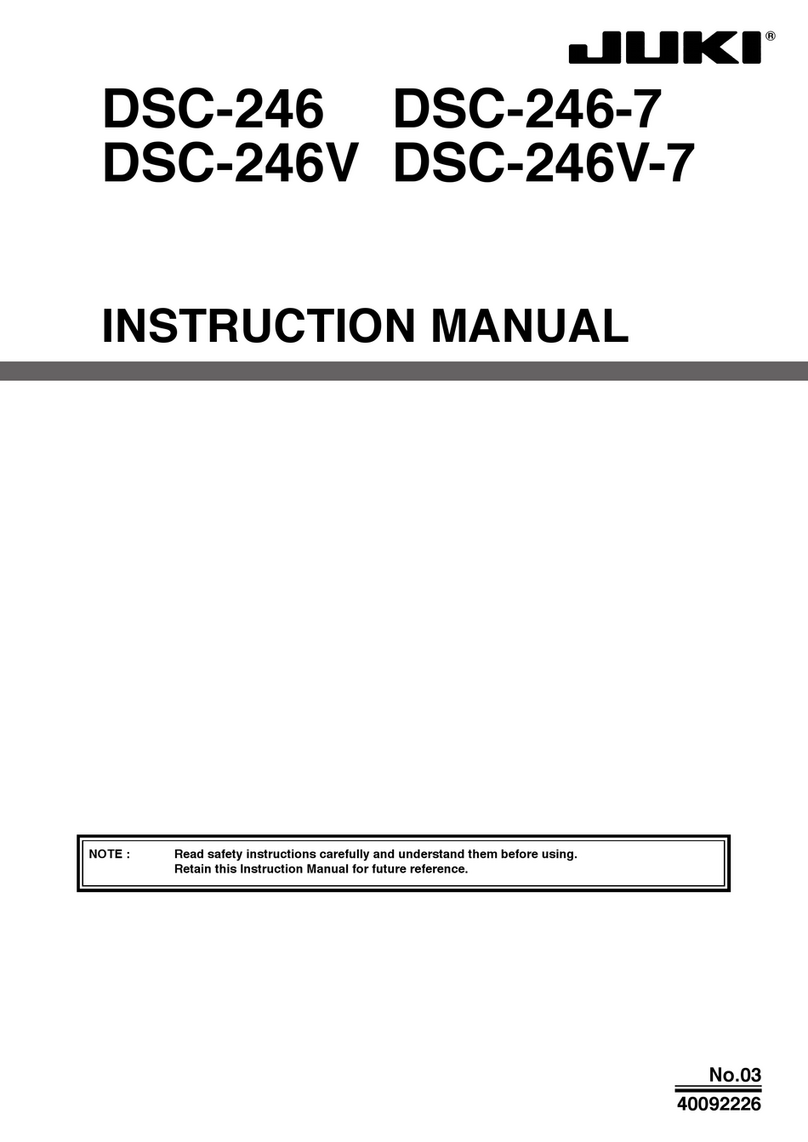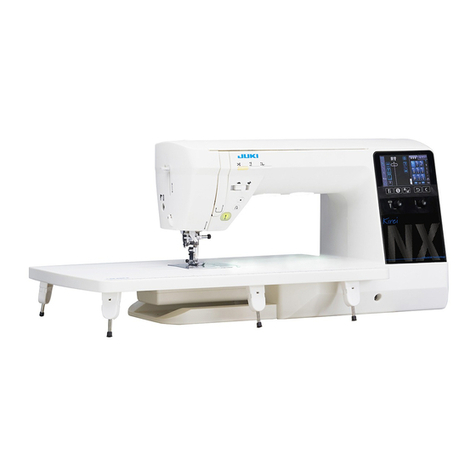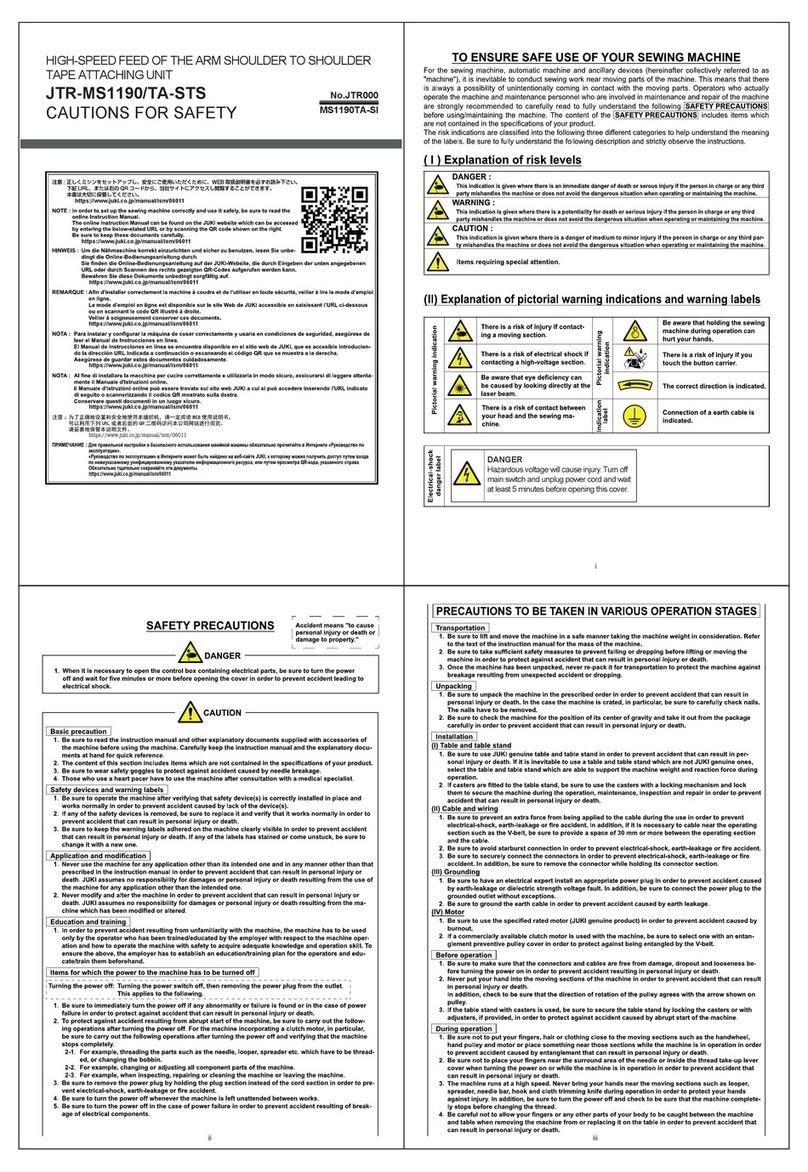JUKI DDL 552 User manual
Other JUKI Sewing Machine manuals
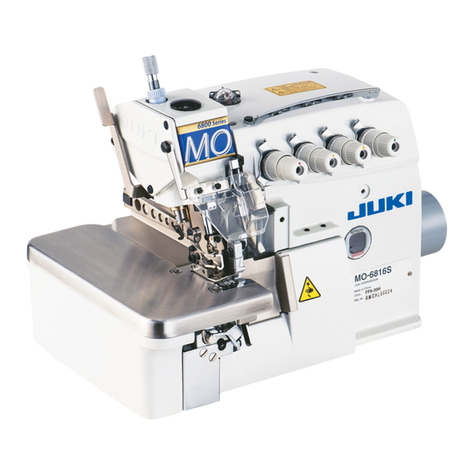
JUKI
JUKI MO-6800S/DD20 Series User manual
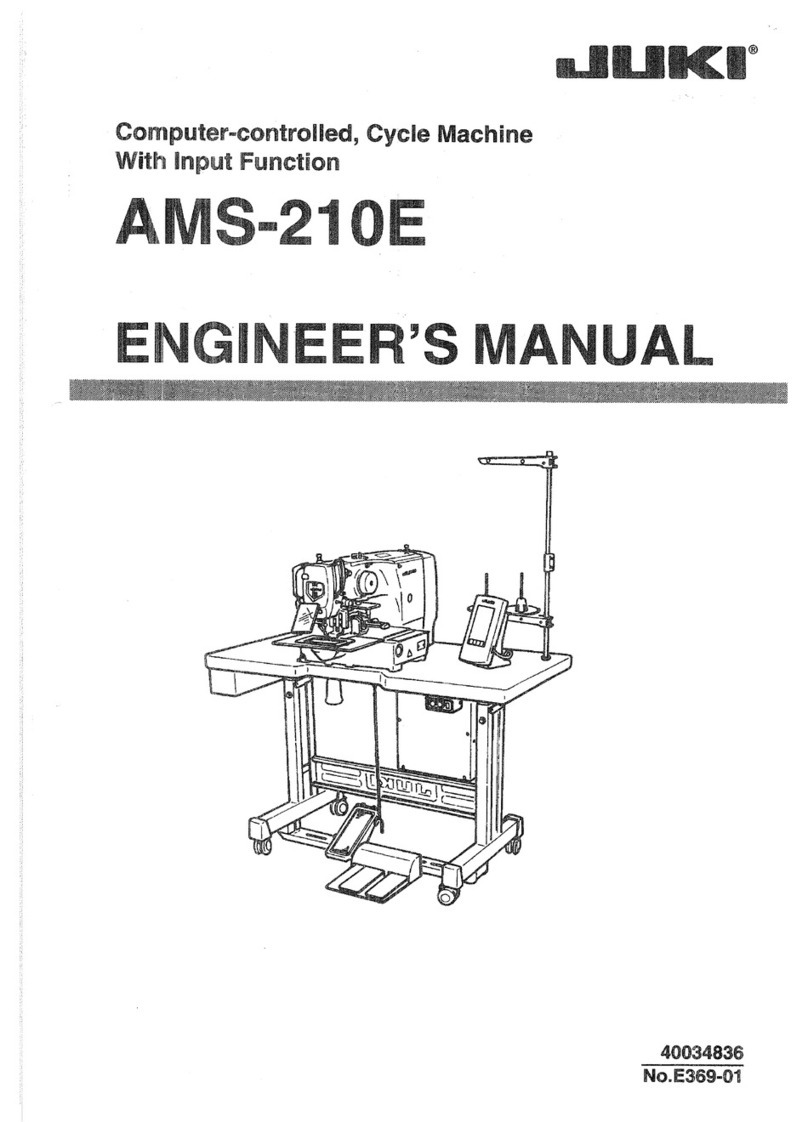
JUKI
JUKI AMS-210E Series Quick start guide
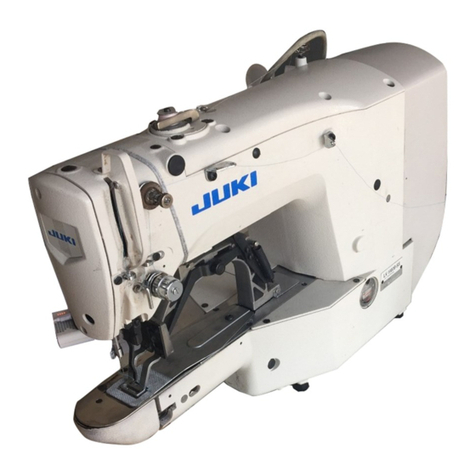
JUKI
JUKI LK-1903A-305 User manual
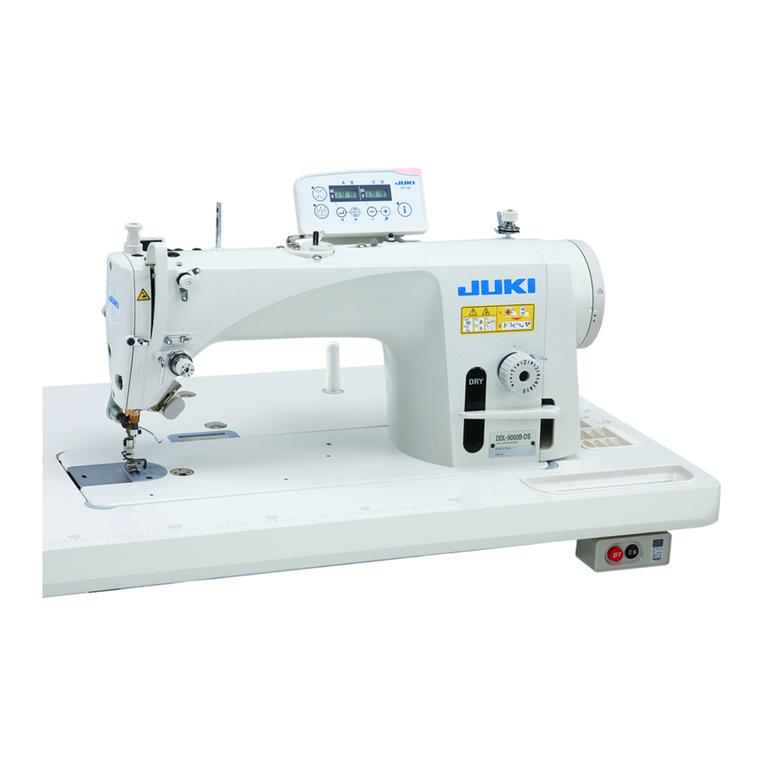
JUKI
JUKI DDL-9000B User manual
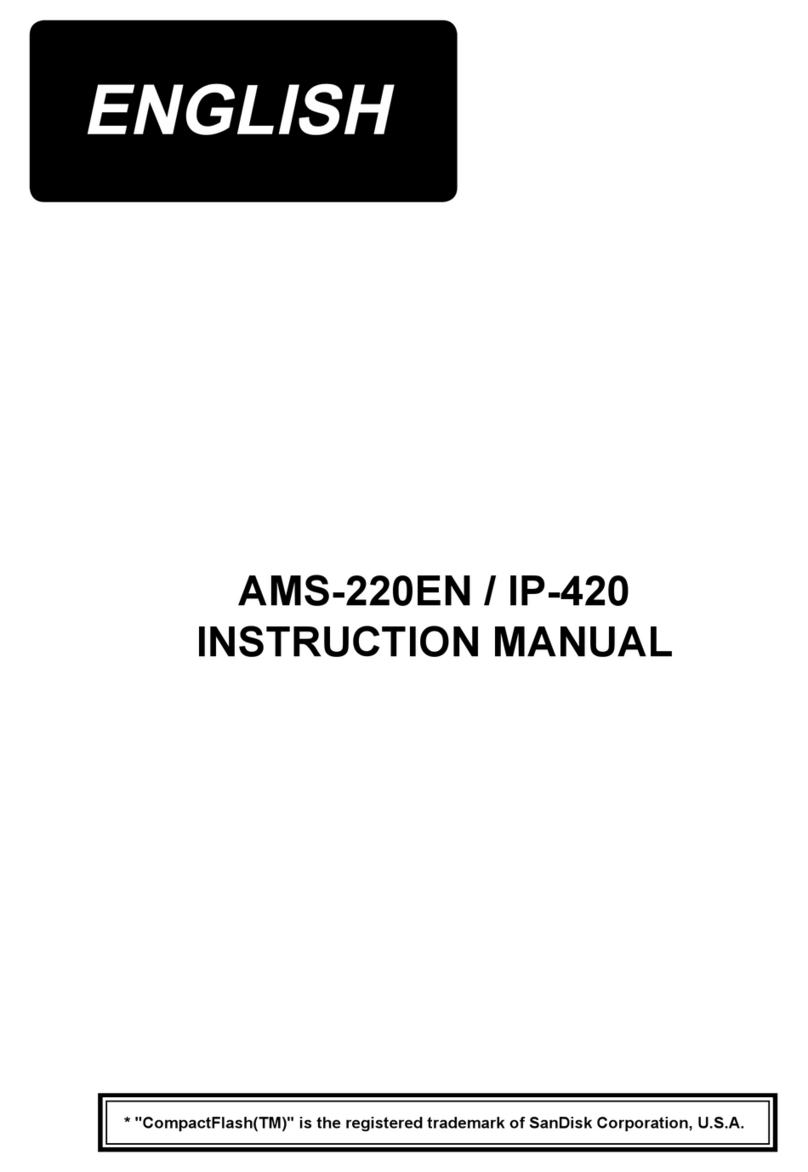
JUKI
JUKI AMS-220EN / IP-420 User manual
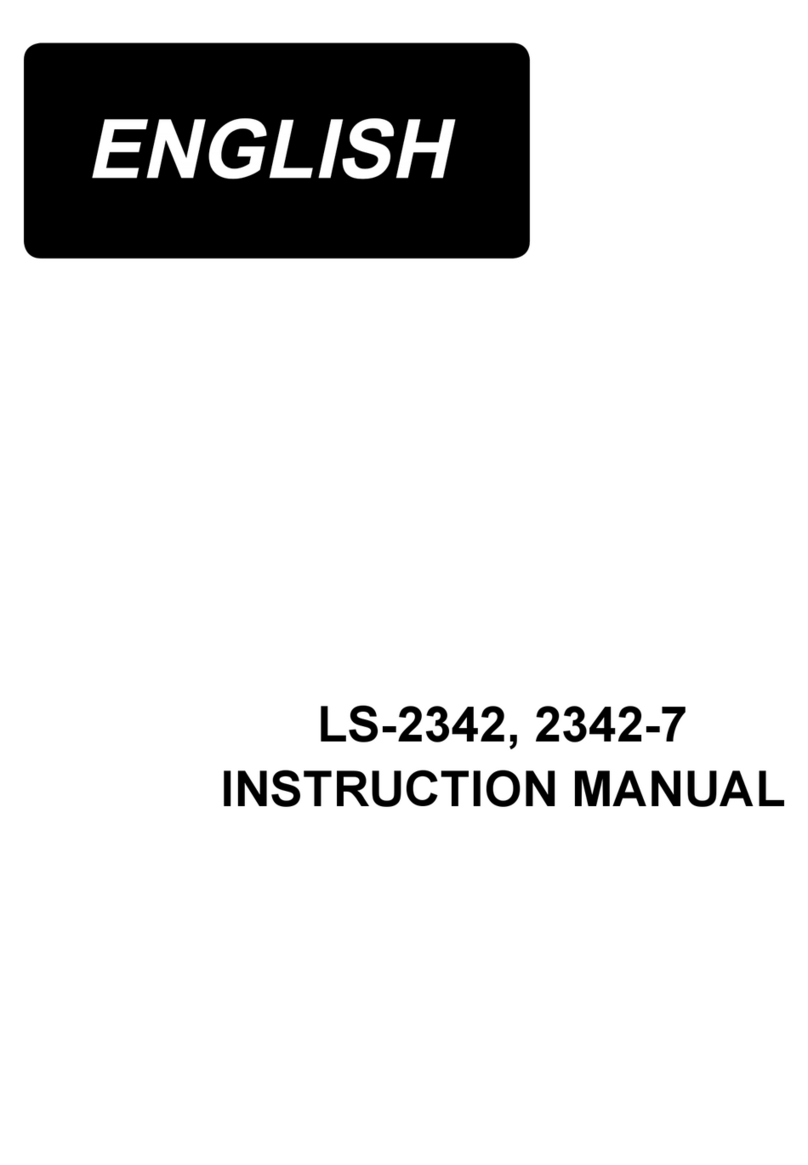
JUKI
JUKI LS-2342 User manual
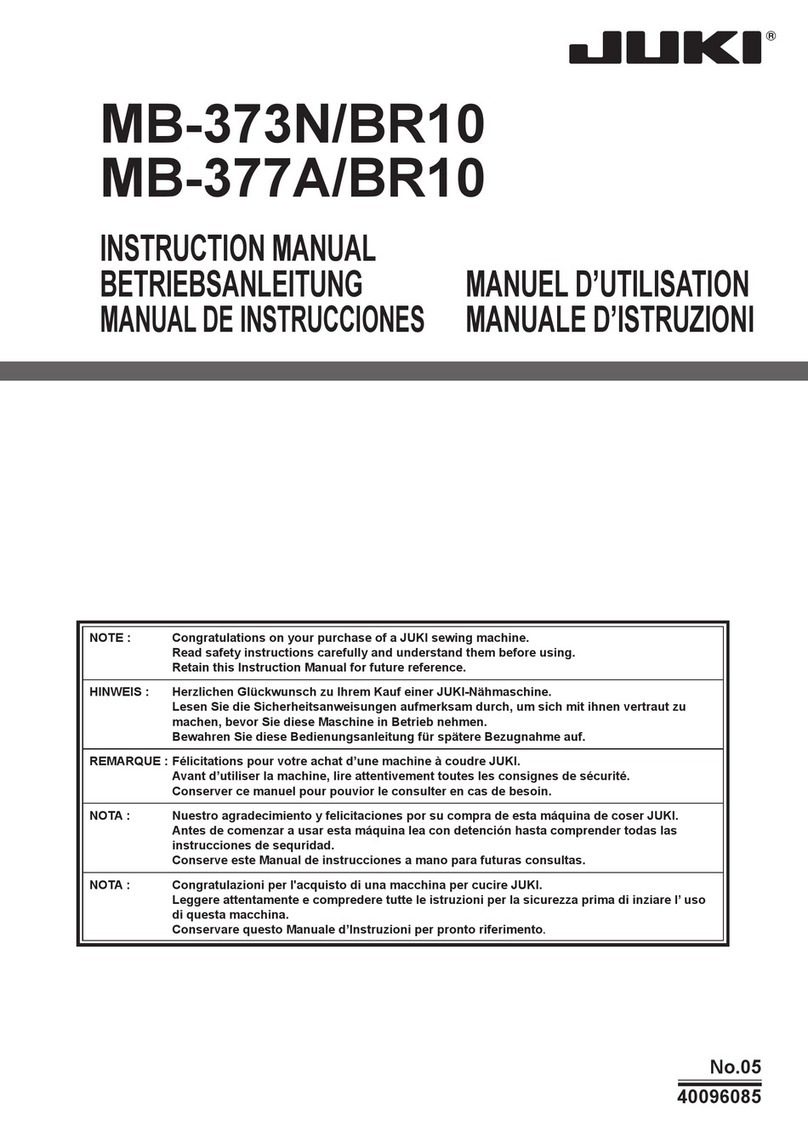
JUKI
JUKI MB-373N/BR10 User manual
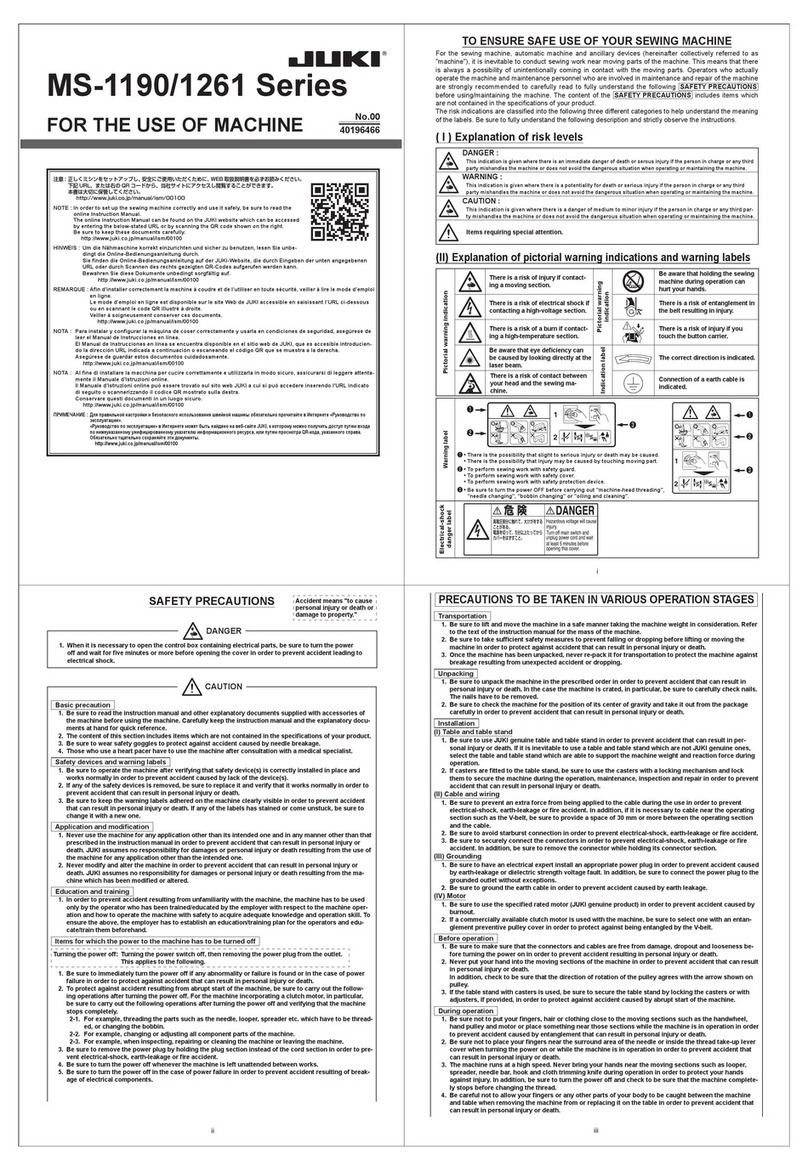
JUKI
JUKI MS-1261 User manual
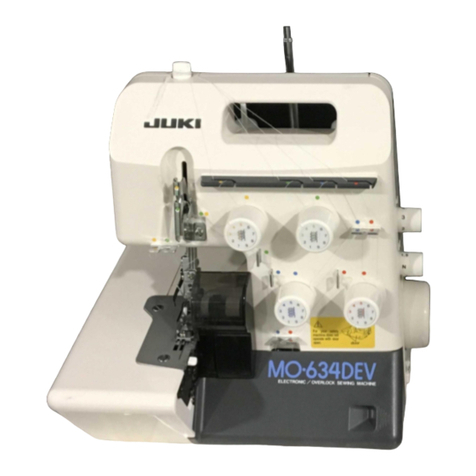
JUKI
JUKI MO-634DEV User manual
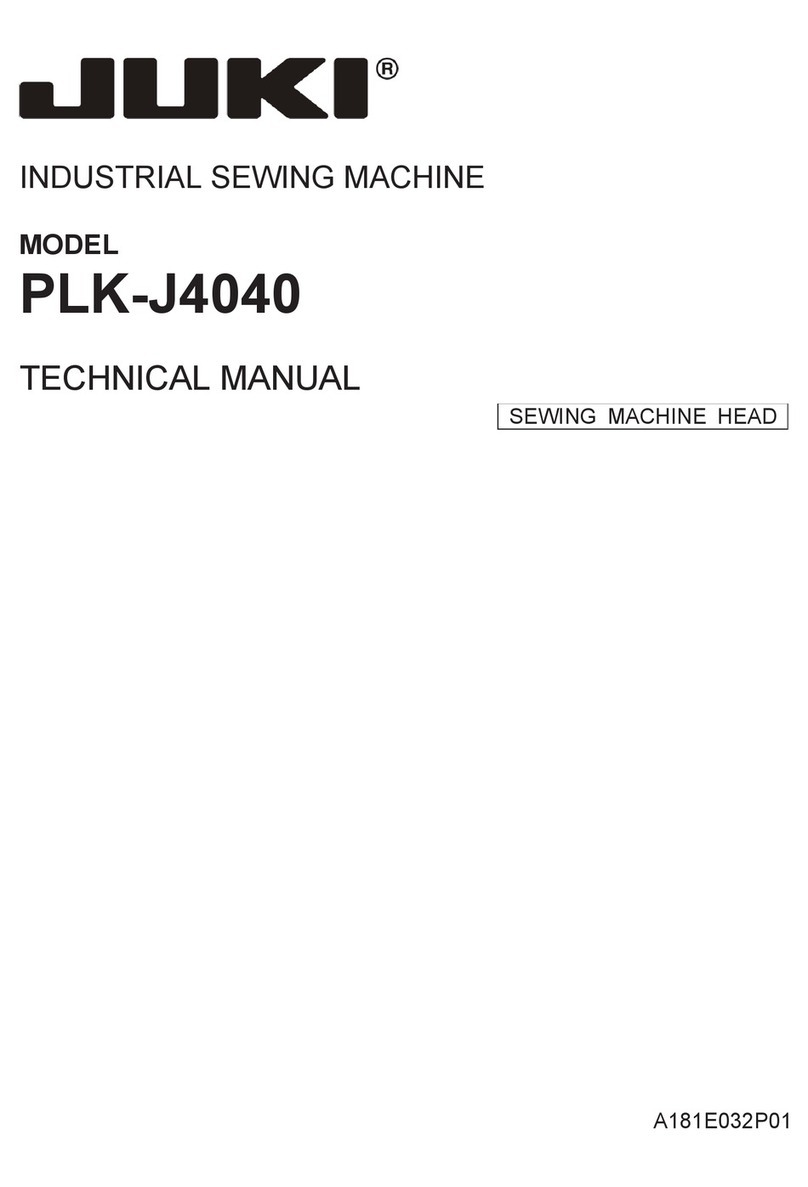
JUKI
JUKI PLK-J4040 User manual
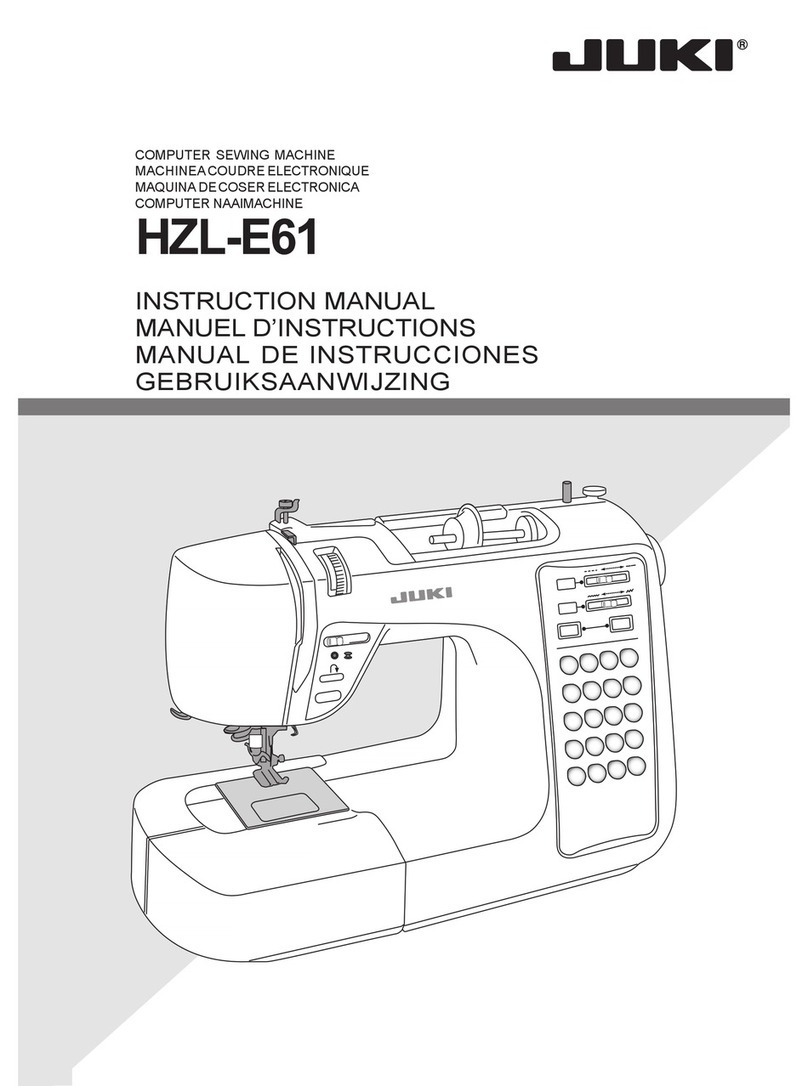
JUKI
JUKI HZL-E61 User manual

JUKI
JUKI MO-2800 User manual
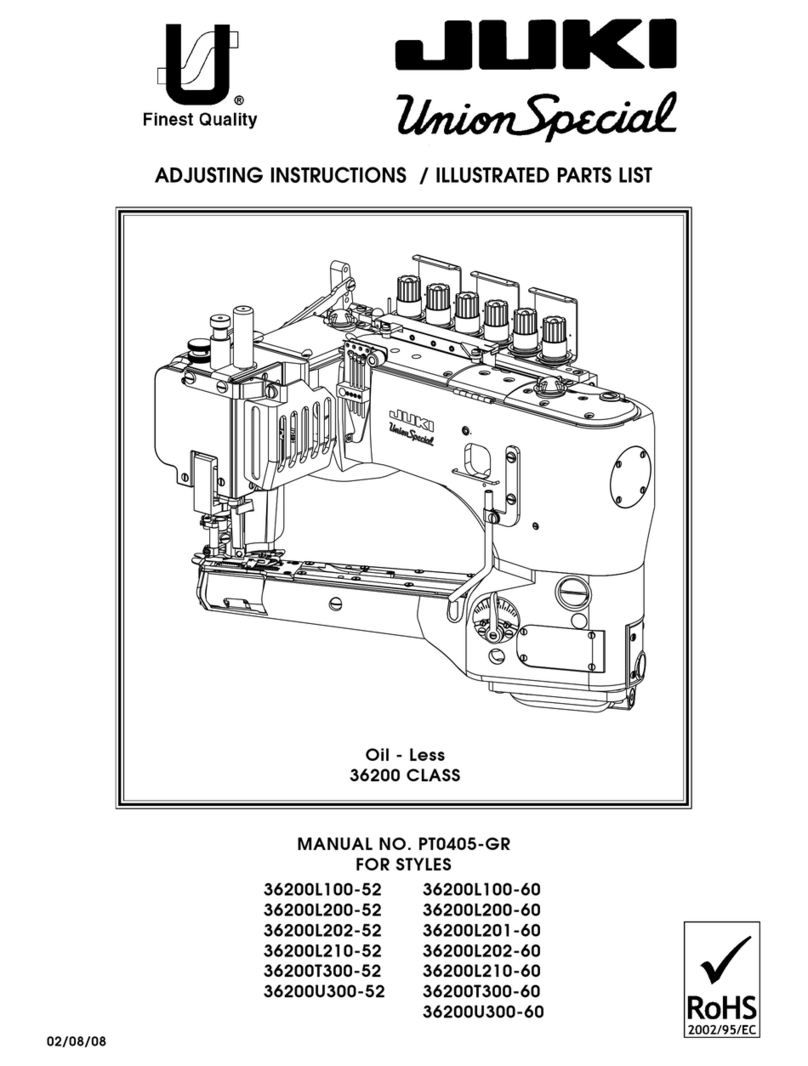
JUKI
JUKI Union Special 36200 CLASS Series Setup guide
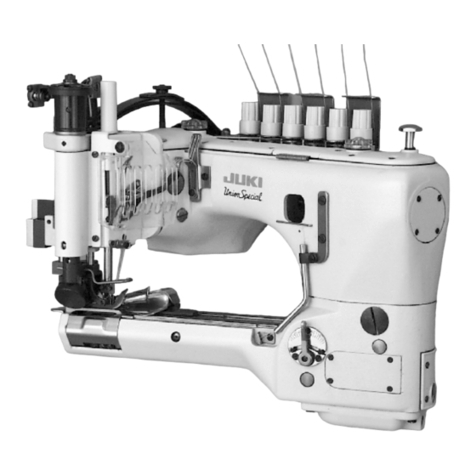
JUKI
JUKI UnionSpecial 35800DLU Setup guide
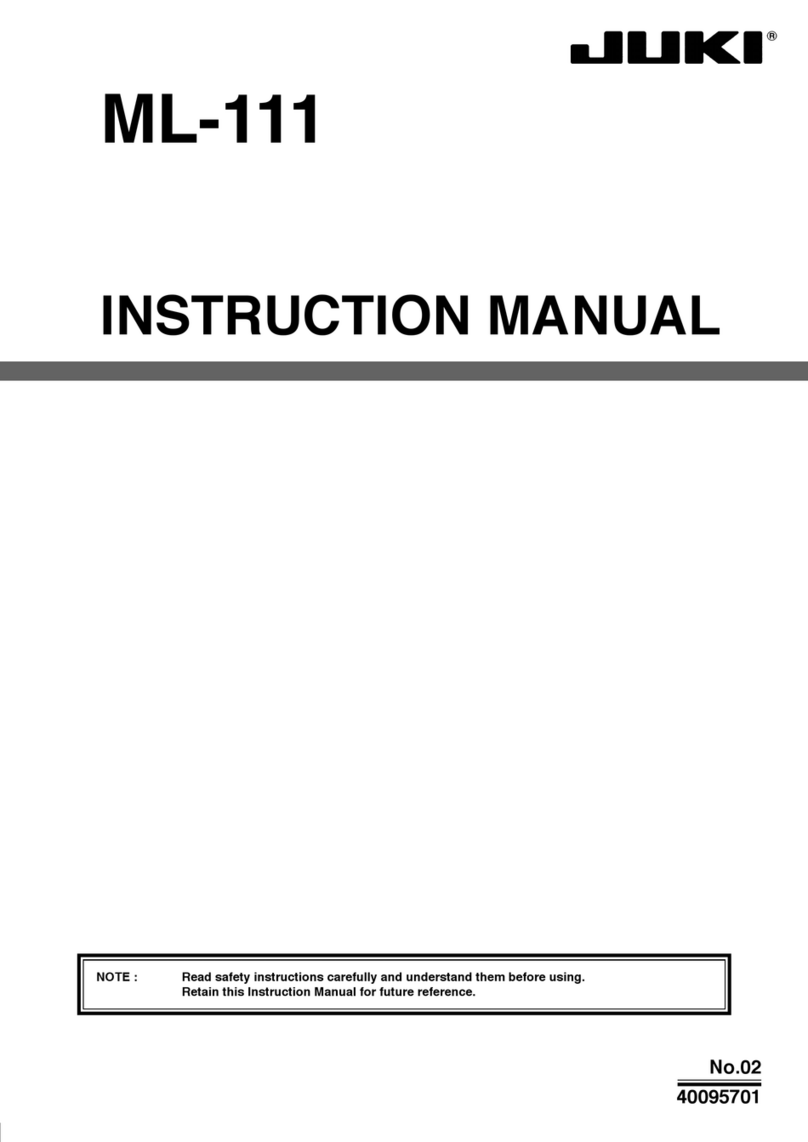
JUKI
JUKI ML-111 User manual
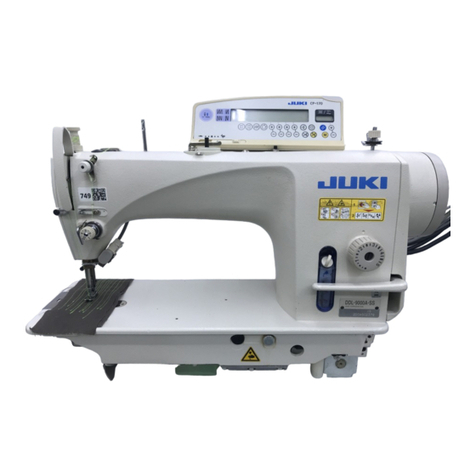
JUKI
JUKI DDL-9000A User manual
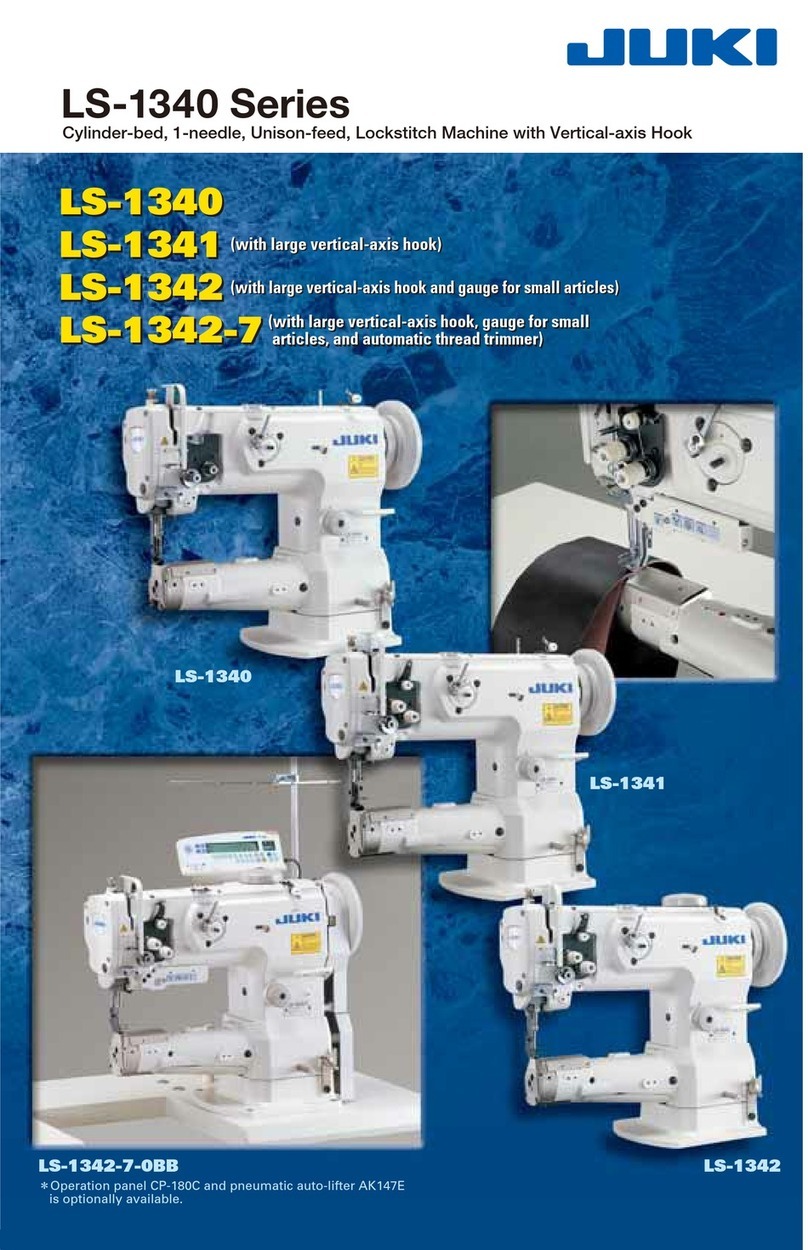
JUKI
JUKI LS-1340 User manual
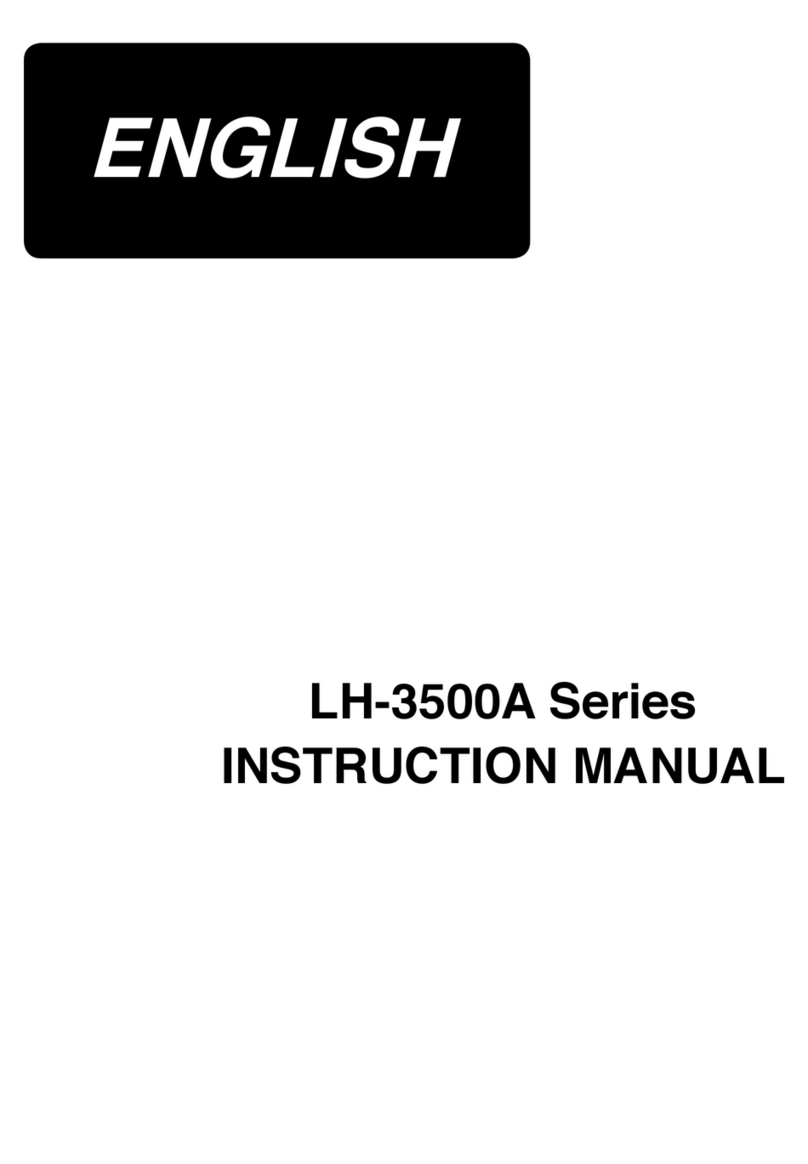
JUKI
JUKI LH-3500A series User manual
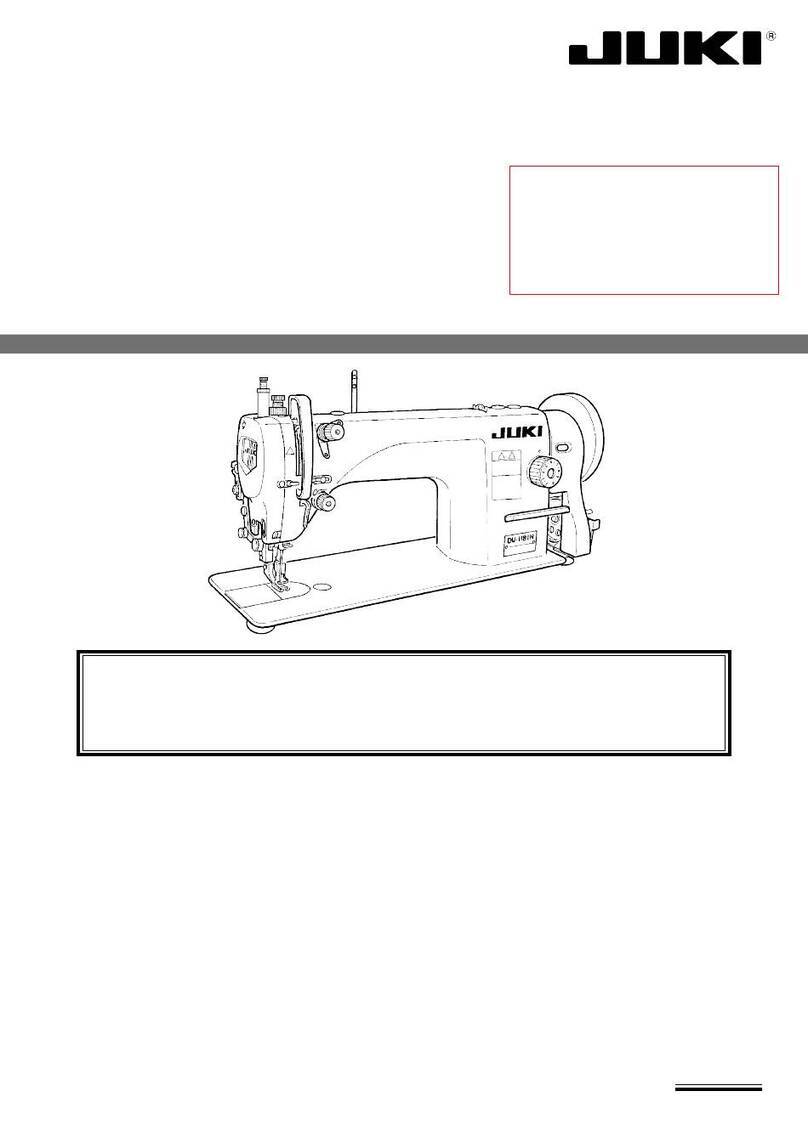
JUKI
JUKI DU-1181N User manual
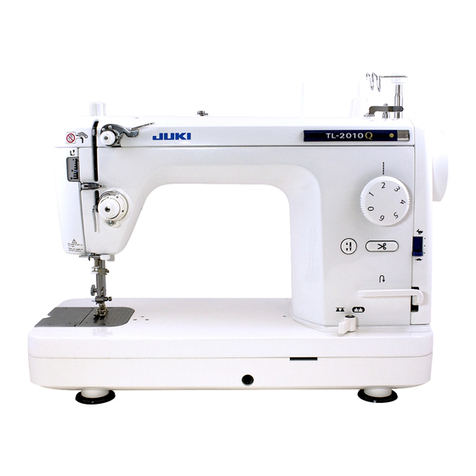
JUKI
JUKI TL Series User manual
